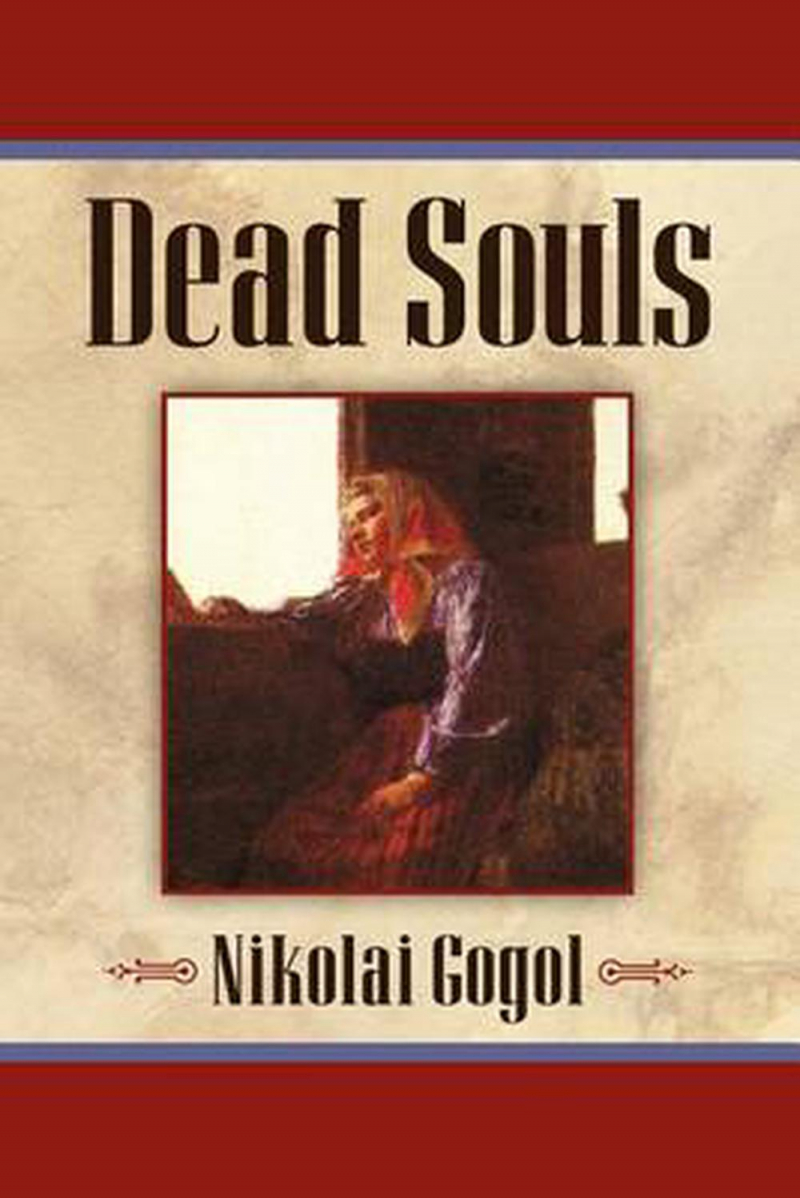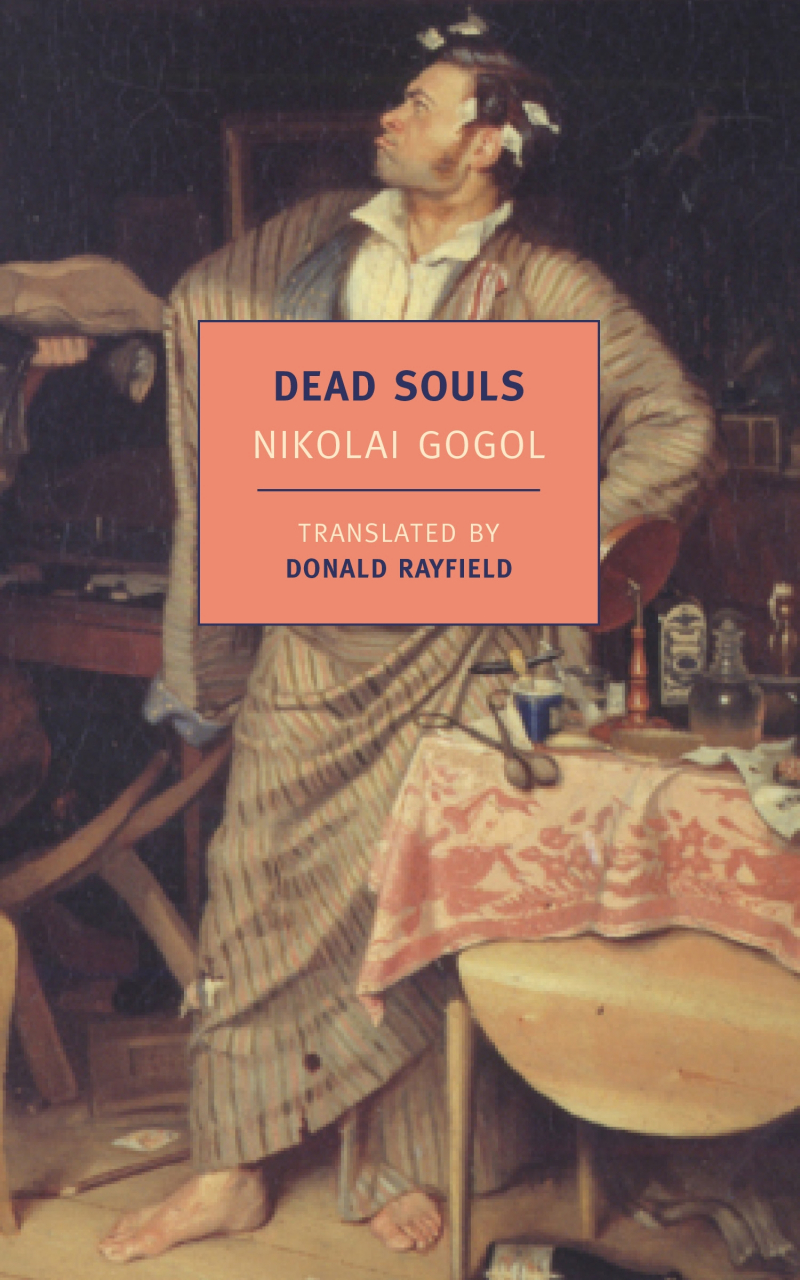Dead souls
Originally published in 1842, Nikolai Gogol's novel Dead Souls (Russian: «ртве дуи», Mjórtvyje dshi) is regarded as a model of 19th-century Russian literature. The story follows Pavel Ivanovich Chichikov's (Russian: авел ванoви ииков) travels and exploits, as well as those of the individuals he meets. These individuals represent the historical Russian middle aristocracy. Gogol called his book a "novel in verse" and described it as a "epic poem in prose" in his own words. Gogol planned for the book to be the first of three volumes, but he burnt the second volume's manuscript just before he passed away.
Some people consider the novel to be finished in its current form even if it terminates in the middle of a sentence (like Sterne's Sentimental Journey). The image (cover page) depicts the original title, which was "The Wanderings of Chichikov, or Dead Souls. Poema," which was abbreviated to to "Dead Souls." Before the serfs were freed in the Russian Empire in 1861, landowners had the legal right to employ serfs to work their land. Serfs were generally regarded as the landowner's property, and as such, he or she could purchase, sell, or mortgage them just like any other chattel. The classifier "soul" was used to count serfs (and humans in general) as in "six souls of serfs." The novel's storyline depends on "dead souls," or "dead serfs," who are still listed in property registers. The title also alludes to the characters in Gogol's works being "dead souls," each of whom stands for a different part of poshlost (a Russian noun rendered as "commonplace, vulgarity", moral and spiritual, with overtones of middle-class pretentiousness, fake significance and philistinism).
The book follows Chichikov as he explores the estates of landowners who reside close to a guberniya's capital in a circular format. Gogol sought to imitate the Divine Comedy and the Odyssey, but The plot of Dead Souls centers on a gentrified version of the rascally protagonist from the original picaresques, and many critics attribute Dead Souls' episodic format to the picaresque novels of the 16th and 17th centuries. The first person to present a thorough comparison of Gogol's and Homer's writings was Konstantin Aksakov, who wrote, "Gogol's epic revives the ancient Homeric epic; you identify its character of importance, its artistic merits, and the broadest extent. When comparing two things, Gogol entirely loses himself in the issue, putting the event that prompted the comparison on hold for a while. He will continue to talk about it until the subject is worn out. Every reader of The Iliad was struck by this device, too." Nabokov also pointed out the Homeric roots of the complicated absurdist technique of Gogol's comparisons and digressions.
Author: Nikolai Gogol
Published: 1842












